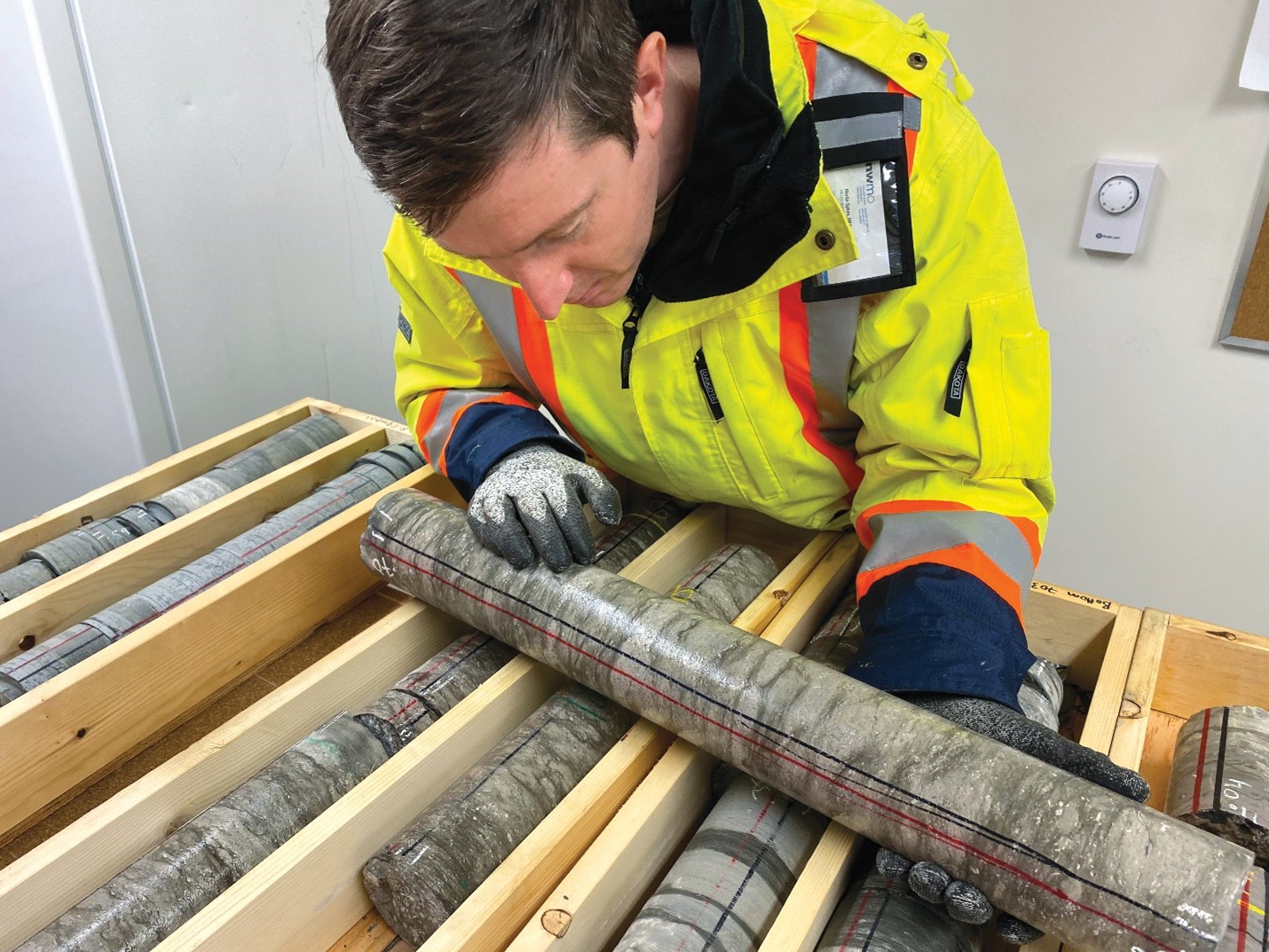After more than 10 years studying the geology in two potential siting areas, the Nuclear Waste Management Organization (NWMO) has completed a deep borehole drilling program that marks a key milestone in site investigations to confirm a safe location for a deep geological repository to safely contain and isolate Canada’s used nuclear fuel. Some of Canada’s top geoscientists are leading the studies, in which approximately eight kilometres of core samples were pulled from the bedrock at two Ontario sites under consideration for the project – one in the Wabigoon-Ignace area and the other in the Saugeen Ojibway Nation (SON)-South Bruce area.
Nuclear energy has powered Canadian communities for decades, and the planned repository is part of Canada’s plan to safely manage the resulting used nuclear fuel over the long term. The project will be one of the largest environmental infrastructure projects in Canadian history.
“Deep geological repositories are internationally recognized as the safest way to manage used nuclear fuel over the very long term,” says Lise Morton, Vice-President of Site Selection at the NWMO. “Completion of this drilling program is a significant step forward in our geoscience work. In addition to informing the safety case for the project, the resulting data will also provide important insights to the communities that are considering hosting the project in their area.”
Canada’s plan calls for centralized containment and isolation of Canada’s used nuclear fuel in suitable rock formation in an area with informed and willing hosts. The community-driven siting process launched in 2010, and by 2012, 22 communities had expressed interest in learning about the project and exploring their potential to host it. The NWMO is on track to finalize site selection in 2024.
The completion of the last borehole at the potential site in the SON-South Bruce area follows on work in the Wabigoon-Ignace area, which wrapped up in November 2021 after five years of intensive field study that started in 2017. Borehole drilling and testing up to 1,000 metres below the surface is part of the NWMO’s broader site investigation work to ensure the site will meet stringent regulatory requirements. Safety and security underpin the NWMO’s work, guided by a responsibility to protect people and the environment.
Canada’s plan for used nuclear fuel, known as Adaptive Phased Management, emerged through extensive dialogue with Canadians and Indigenous peoples from coast to coast to coast, and aligns with the values and priorities they identified as important. The site selection process was designed to ensure the location chosen will be safe and secure, and we will only proceed with the support of informed and willing hosts. It reflects the ideas, experience and best advice of a broad cross-section of Canadians and Indigenous peoples who shared their thoughts on what an open, transparent, fair and inclusive process for making this decision would include.

